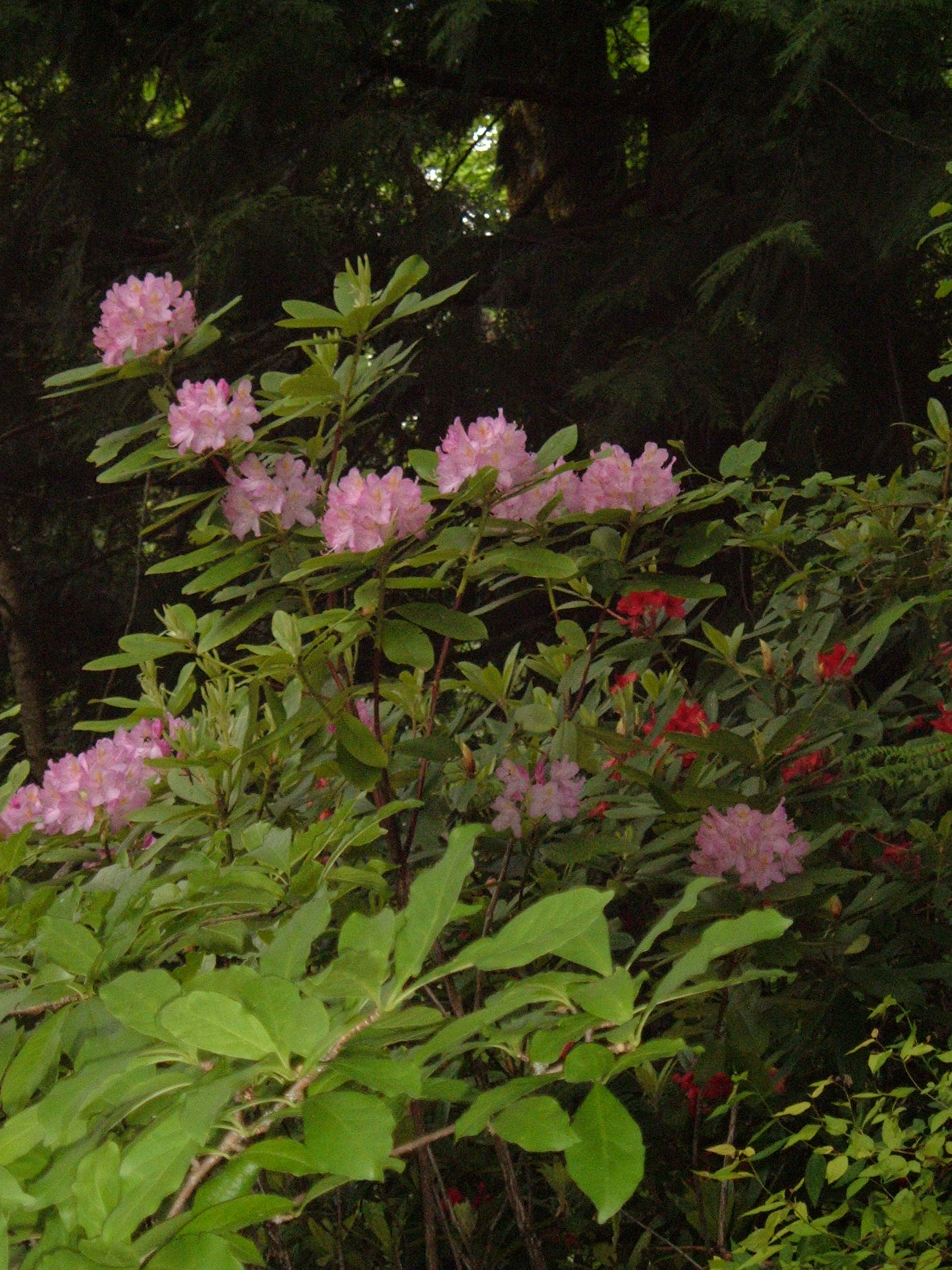How to grow rhododendron and azalea in NW Washington
Even though rhododendron is our state flower, they need some special care, especially when first planted. Here are a few hints to help you grow rhododendron and their close cousin, the azalea.
Hooray, it is planting season! Environmental Construction has already heard from many of our clients wanting to add new plants to their gardens. Some of the more popular requests are rhododendron (an evergreen) and azalea (evergreen and deciduous varieties), both of which are related and have similar planting requirements, but differ from each other in the size of their leaves and general plant size.
 Rhododendron and azalea plants come in all sorts of colors and sizes. They are a wonderful addition to any Northwest Washington garden. Although quite hardy when full-grown, rhododendron and azalea initially require an ideal growing environment and watering schedule for the best chance of survival.
Rhododendron and azalea plants come in all sorts of colors and sizes. They are a wonderful addition to any Northwest Washington garden. Although quite hardy when full-grown, rhododendron and azalea initially require an ideal growing environment and watering schedule for the best chance of survival.
Here are some things to consider if you want to grow rhododendron or azalea:
Choose your soil carefully. Both of these plants are happiest if grown in an acidic soil. Consider using compost dirt. You can make you own compost from leaves and food scraps. For a little help with making compost, read our blog making compost for the garden. You can add little sand or gravel to the mixture to help with drainage, but do not add additional fertilizer at the time of planting as this could burn the plant.
Dig a shallow hole in a shaded area. The rhododendron and azalea plants both have shallow roots so they should not be placed deep in the soil or next to a tree that also has shallow roots, as they will compete for water and mineral absorption. This said, it is good to plant your rhody or azalea next to a deep-rooted tree or building where they will have at least partial shade.
Now protect the roots from drying out by covering the perimeter with mulch (such as bark, dead leaves, or pine needles – these are good acidic options.)
Once your new plants are in the ground, water them often (at least twice a day, if it does not rain), but do not over saturate or create standing water around the roots. Rhododendron and azalea can develop a fungus or root-rot if watered too much. Sometimes beauty takes a little pampering, but the effort will be well worth it.
Category: Tips for Planting

